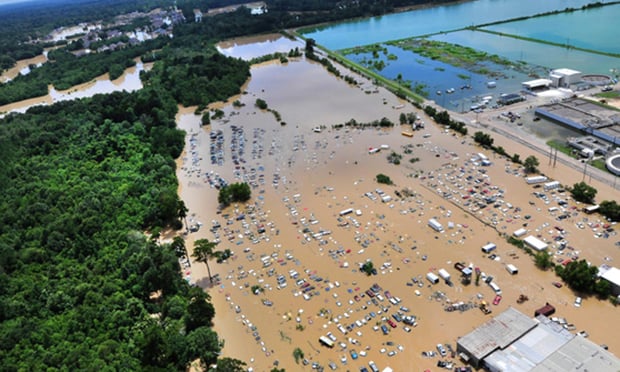 Not surprisingly, Hurricane Ian was the "largest loss-causing event" of 2022 with estimated losses of up to $65 billion, according to a recent report from the Swiss Re Institute. The storm was the second-largest insured loss recorded, just behind Hurricane Katrina. FEMA reported in early November more than 44,000 flood claims related to Hurricane Ian and said they paid out almost $437 million in losses. The agency projected Ian-related claims to total up to $5.3 billion. (Credit: U.S. Department of Agriculture)
Not surprisingly, Hurricane Ian was the "largest loss-causing event" of 2022 with estimated losses of up to $65 billion, according to a recent report from the Swiss Re Institute. The storm was the second-largest insured loss recorded, just behind Hurricane Katrina. FEMA reported in early November more than 44,000 flood claims related to Hurricane Ian and said they paid out almost $437 million in losses. The agency projected Ian-related claims to total up to $5.3 billion. (Credit: U.S. Department of Agriculture)
The past year was yet another that put America's flood insurance system to the test.
Recommended For You
Want to continue reading?
Become a Free PropertyCasualty360 Digital Reader
Your access to unlimited PropertyCasualty360 content isn’t changing.
Once you are an ALM digital member, you’ll receive:
- Breaking insurance news and analysis, on-site and via our newsletters and custom alerts
- Weekly Insurance Speak podcast featuring exclusive interviews with industry leaders
- Educational webcasts, white papers, and ebooks from industry thought leaders
- Critical converage of the employee benefits and financial advisory markets on our other ALM sites, BenefitsPRO and ThinkAdvisor
Already have an account? Sign In Now







